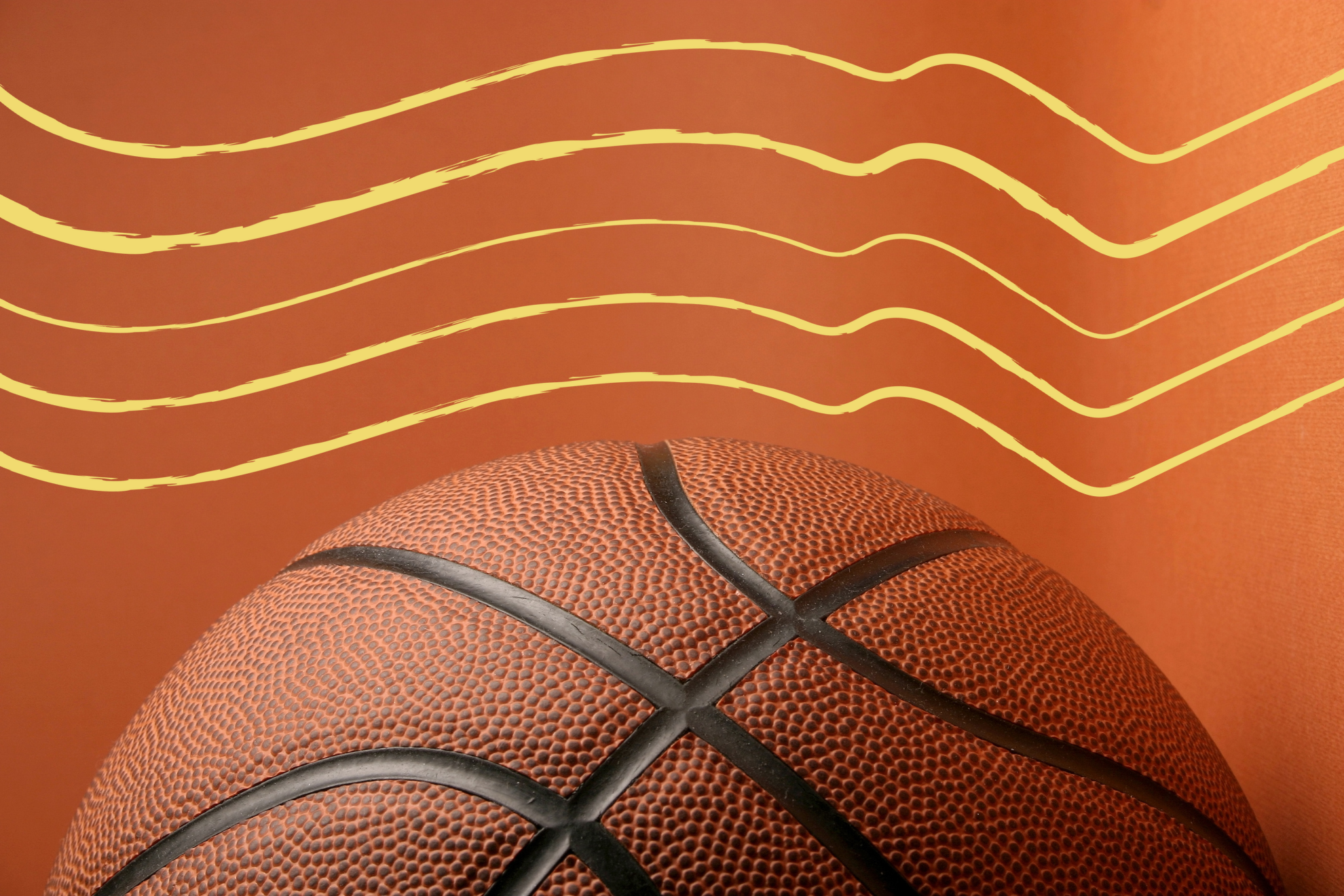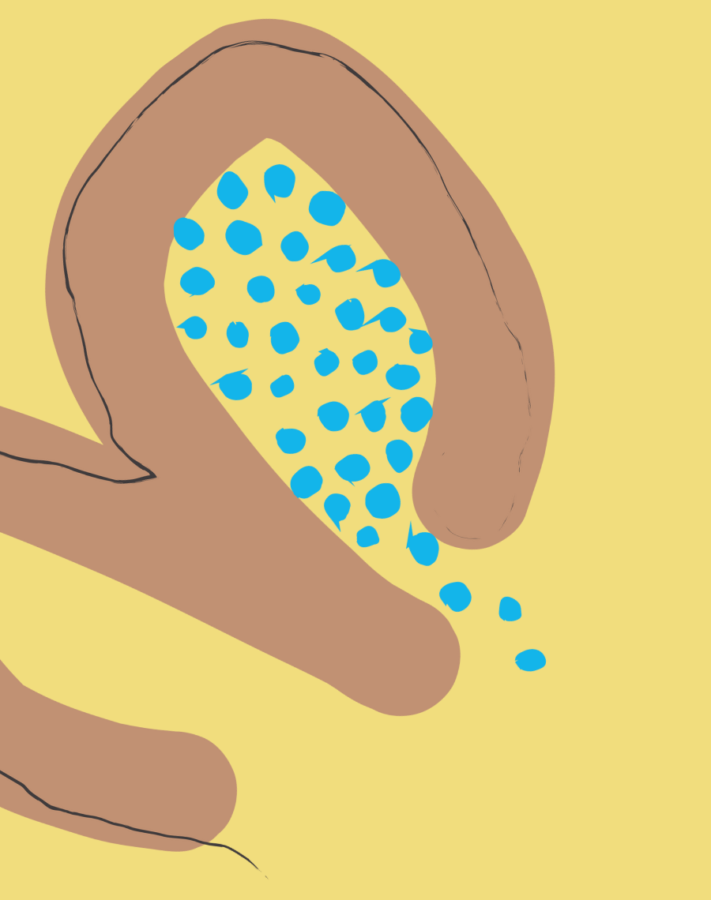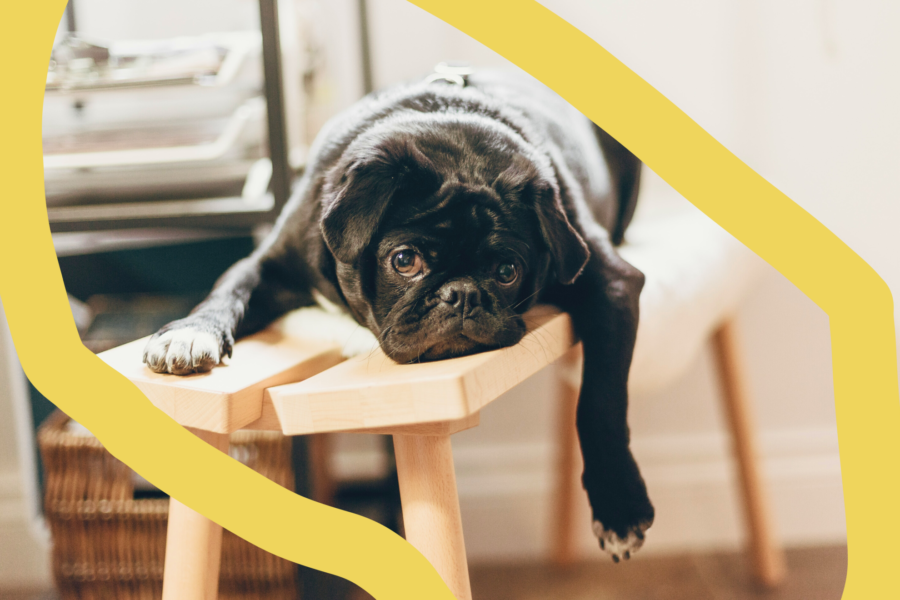Routines to perform under pressure

What is a pre-performance routine?
A pre-performance routine involves a series of task-relevant thoughts or actions that a person engages in systematically before performance of a skill.
Some examples of pre-performance routines include:
- Tiger Woods (Golfer) stands behind the ball holding his club, visualises where he wants the shot to land, then walks up to the ball, and aligns himself a few feet in front of the ball. Once in this position, he looks at the ball and target one more time, and then executes the shot. Video link here.
- Jazmin Sawyers (Long Jump) stands at the start of the runway vocalises task-relevant instructions including “drive down into the track, keep running, sprint, sprint”, then executes her jump. Video link here.
- Michael Jordan (Basketball) takes a shoulder width stance, spin the ball in his hands, bounce the ball three times, and then spin the ball once again while fixating on the rim before he finally throws the ball.
- Jerry Seinfeld (Stand-up Comedian) Stares at sheets of paper containing bits and jokes from his act. Five minutes before he takes the stage his manager gives him a signal and he puts on his suit jacket. Jerry says “when the jacket goes on, it’s like my body knows it’s time”.
Why use a pre-performance routine?
The main function of a pre-performance routine is to enhance concentration by directing attention to task-specific cues and minimising internal or external distractions. For example, critical thoughts, uncomfortable feelings, visual distraction or noises in the environment.
Research shows that a pre-performance routine can facilitate performance improvement through the following mechanisms:
- Task-specific attention
- Anxiety regulation
- Self-efficacy
- Action planning
Performing under pressure
While a little pressure can enhance performance, too much can quickly bring any performer undone. Using a pre-performance routine can be especially beneficial under pressure because it helps to reduce pressure-induced distraction and anxiety.
Pressure refers to any factor or combination of factors that increases a person’s anxiety. Pressure can be created by features such as competition, audience presence, significant consequences, reward or punishment expectations.
How to develop a pre-performance routine
A pre-performance routine can include a single preparatory element (stand-alone), or a combination of several preparatory elements (extensive). Evidence suggests that both are helpful for performance.
Common elements include (but are not limited to):
- Physical routines: comprised of task-specific motor actions. For example, bouncing or dribbling ball in tennis / basketball.
- Imagery/visualisation: mental creation and re-creation of an experience. For example, imagery of a successful performance.
- Self-talk: self-instructional strategies to facilitate motivation and performance. For example, saying “Eyes on task, calm hands.”
- Relaxation: strategies to calm physical arousal and mental distraction. For example, breathing strategies or listening to music.
- External focus of attention: typically induced by visually focusing on a task-relevant object in the environment (e.g. a target or instrument) or by using a cue word.
Researchers have more recently included the following elements:
- Left-hand dynamic-handgrip: clenching the left fist or squeezing a ball in the left hand, approximately twice a second, for 30-45 seconds prior to task execution. Researchers have found that it produces a state of reduced cortical activity, which may prevent suboptimal interferences in the brain and therefore optimise performance.
- Quiet Eye (QE): the final visual fixation at a target (e.g. basketball rim) before the performance execution.
Creating your own pre-performance routine
Use the elements above to compile a pre-performance routine for skill execution and managing pressure in your job. Practice, trial and error, feedback and adjustment of your routine are all part of the process.
Reflect on the following questions:
- What is a performance task you would like to improve?
- What personal factors do you think currently limit your performance?
- What elements would you include in a routine (stand-alone or extensive)?
- Is your pre-performance routine task-relevant and achievable for the context?
- Are you ready to commit to a process of practice, feedback and improvement?
Want guidance?
Book in with our Performance Psychologist for a consultation. They can help you approach any performance task with clarity and confidence.
FURTHER RESOURCES
SERVICES
In our Growth Mindset Workshop, learn the science behind building a growth mindset and how it can lift your performance in your work or personal life.
Looking to elevate your sporting performance? Our Mental Conditioning Program is a six week course that draws on the best evidence-based psychological science and insights from the world’s top performers to prepare you to reach and sustain your sporting performance potential. Designed for athletes, coaches and support staff, this course will help you to understand and apply psychological processes and skills to your performance.





